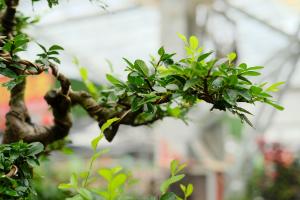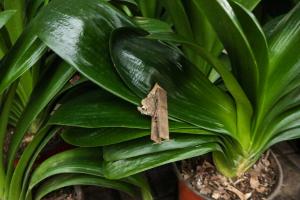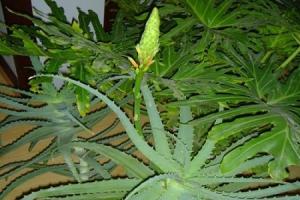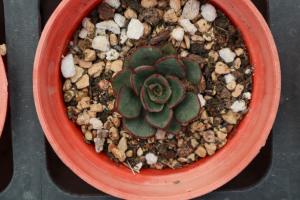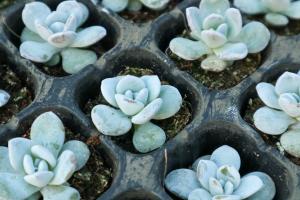Introduction
If you are wondering why your tomato plants are turning brown on the bottom, you are not alone. Many gardeners have experienced this problem, which is commonly known as blossom end rot. This condition can be frustrating, but there are steps you can take to prevent it from happening.
What is Blossom End Rot?
Blossom end rot is a common problem that affects many tomato plants. It is characterized by a brown, leathery spot that appears on the bottom of the tomato. This spot is a result of a calcium deficiency in the plant. When there is not enough calcium in the soil, the tomatoes cannot take it up, leading to the development of blossom end rot.
Causes of Blossom End Rot
There can be several causes for a calcium deficiency in tomato plants. One of the most common causes is inconsistent watering. When tomato plants do not receive enough water, they are not able to take up the calcium in the soil. Conversely, overwatering can also lead to blossom end rot by washing away the calcium from the soil. Another factor that contributes to blossom end rot is imbalanced soil pH. Tomatoes prefer a soil pH between 6.0 and 6.8, and when the pH is too low or too high, it can interfere with the plant's ability to take up calcium.
Preventing Blossom End Rot
The good news is that there are several steps you can take to prevent blossom end rot from affecting your tomato plants:
Water your plants regularly and consistently. Avoid overwatering or underwatering, and do not let the soil dry out completely.
Check the soil pH and adjust it if necessary. You can use lime to increase the pH, and sulfur to lower it.
Fertilize your plants properly. Tomatoes need a balanced fertilizer that includes calcium. Consider adding a calcium supplement to the soil to ensure that your plants get enough of this nutrient.
Mulch your plants to help retain moisture in the soil.
Avoid planting tomatoes in soil that has been used to grow other nightshade plants, such as peppers or eggplants. These plants can harbor diseases that can affect your tomato plants.
Treating Blossom End Rot
If you are already seeing brown spots on the bottom of your tomatoes, it may be too late to prevent blossom end rot. However, you can still take steps to minimize the damage:
Remove any affected tomatoes from the plant and dispose of them.
Make sure that your plants are receiving consistent and adequate watering.
Add a calcium supplement to the soil to correct the deficiency.
Consider using a foliar spray that contains calcium to help your plants take up more of this nutrient.
Conclusion
Blossom end rot can be a frustrating problem, but with proper care and attention, it can be prevented. Consistent watering, proper soil pH, and adequate fertilization are key to keeping your tomato plants healthy and productive. If you do encounter blossom end rot, there are steps you can take to minimize the damage and get your plants back on track.

 how many times do yo...
how many times do yo... how many planted tre...
how many planted tre... how many pine trees ...
how many pine trees ... how many pecan trees...
how many pecan trees... how many plants comp...
how many plants comp... how many plants can ...
how many plants can ... how many plants and ...
how many plants and ... how many pepper plan...
how many pepper plan...